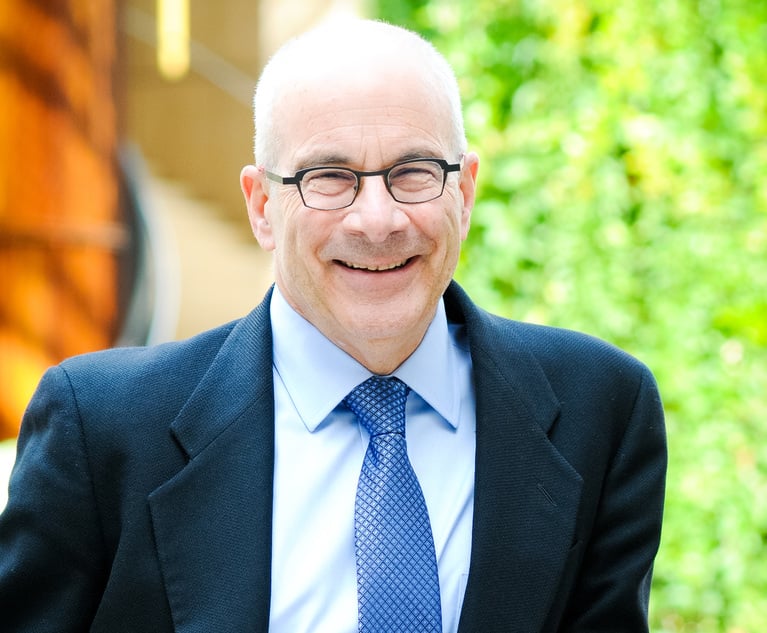In 1988, Larry ran down the hall in the Emanuel Celler Federal Court House in Brooklyn, caught me, and told me that the then legendary Chief Judge Jack B. Weinstein, who had been at that time on the bench for 21 years, had erred in his charge to the jury, in his opinion in a rather simple case where the court had admitted evidence concerning a loan not connected to an upstate gambling club described in the indictment. Larry claimed that resulted in an amendment of the indictment in violation of the grand jury clause of the Fifth Amendment. The Fifth Amendment guarantees a trial in a capital case and other cases with infamous penalties. The conviction later reached the U.S. Court of Appeals for the Second Circuit in U.S. v. Zingaro, 858 F.2d 94 (2d Cir. 1988).
Before we analyze the doctrine of constructive amendment of an indictment, which calls for the reversal of a conviction if recognized by defense counsel and preserved and rejected at the trial level, it bears noting that many of the cases tried today are more complicated with much more proof offered by the prosecution than the criminal cases tried before the court in 1988. Counsel must be on the alert to recognize whether there could be a conviction on a set of facts or court instruction outside the terms of the indictment.


 Photo: Shutterstock
Photo: Shutterstock




